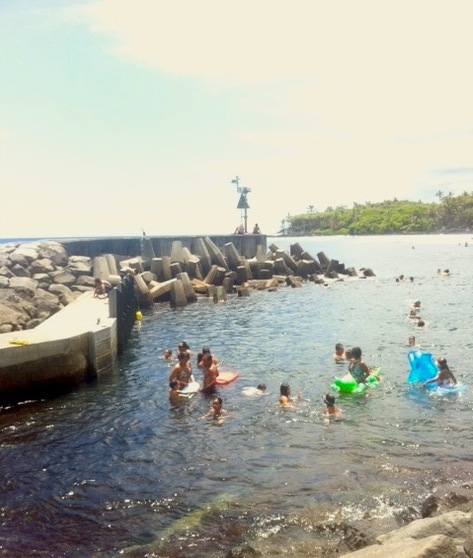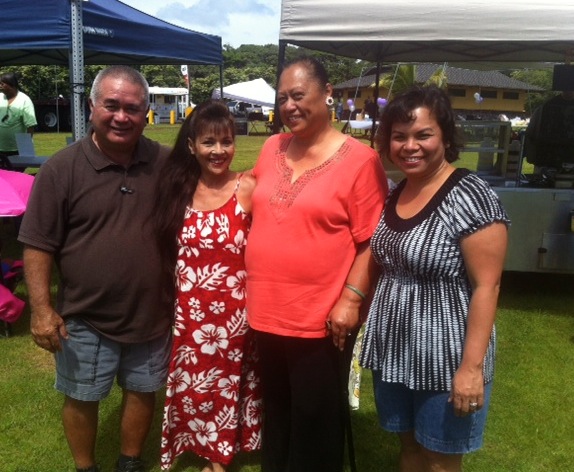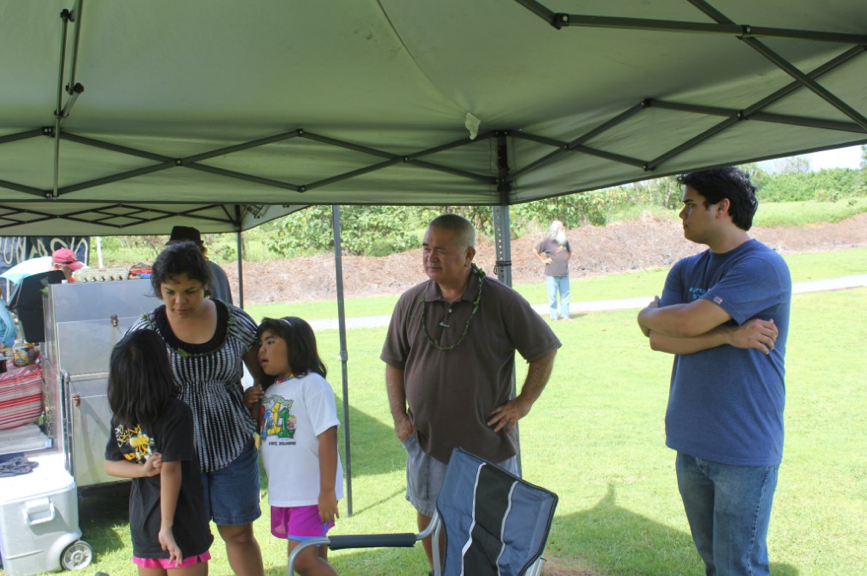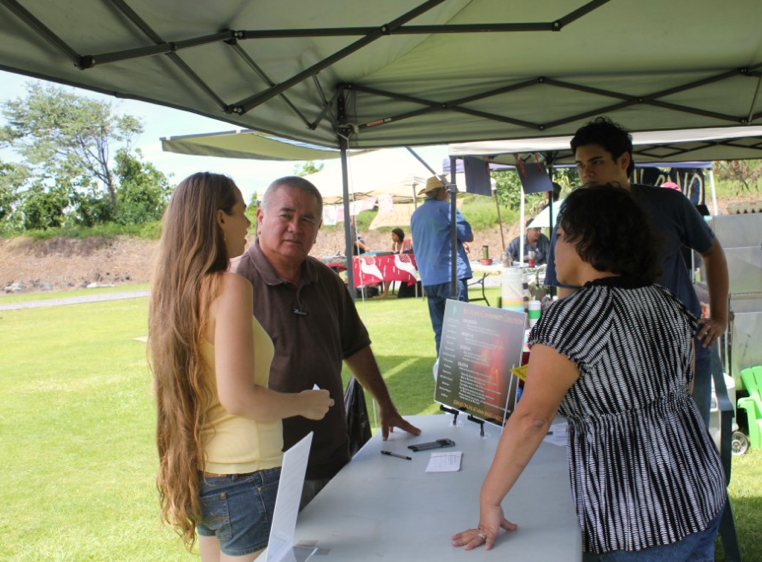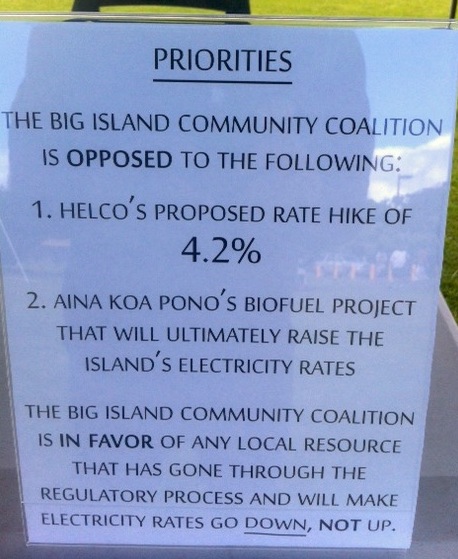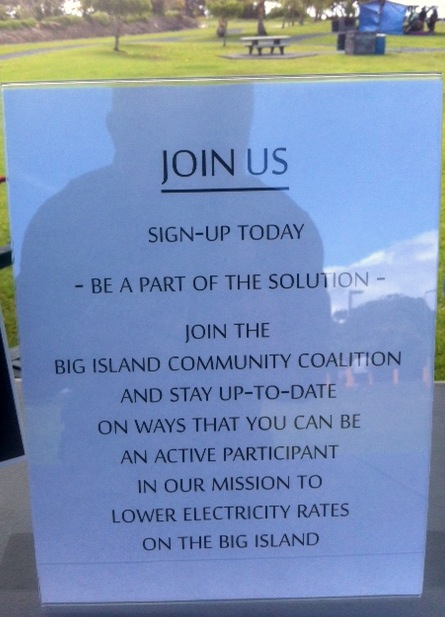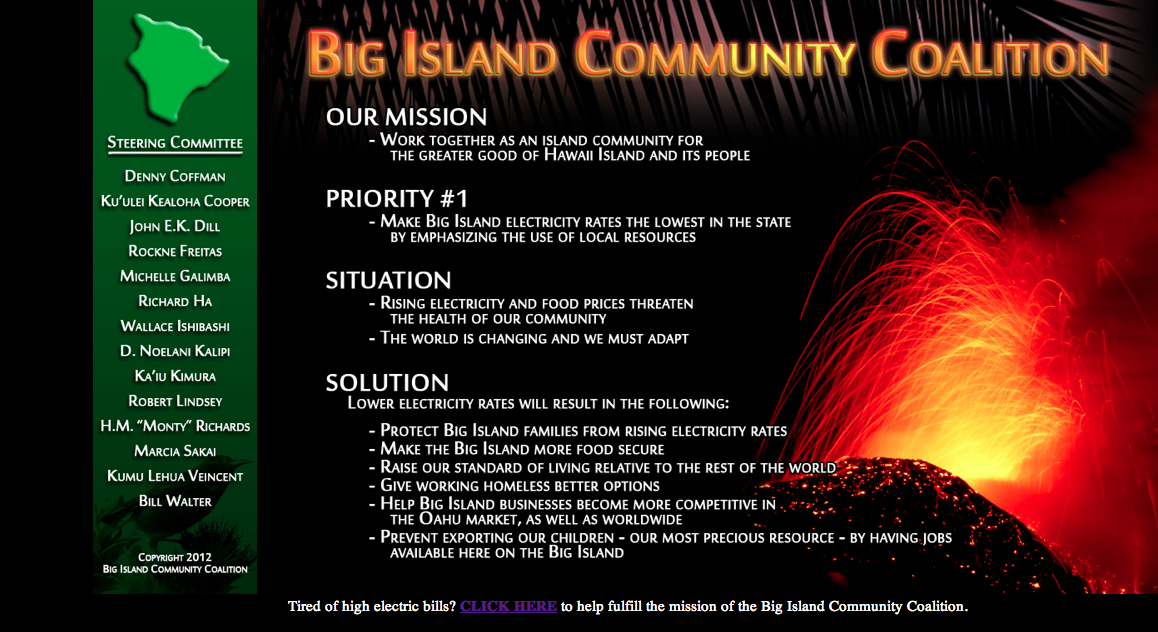Richard Ha writes:
At the Asia Pacific Clean Energy Summit yesterday, I gave a bit of history about how the Geothermal Working Group Report evolved. The Big Island Labor Alliance’s geothermal committee was formed four years ago as an off-shoot of the effort to bring the Thirty Meter Telescope to the Big Island. Both projects had the same objective: To help Big Island families have a better life.
I became involved because it was all clear to me, having been to Peak Oil conferences and knowing that oil prices were probably going to keep on climbing until it became unaffordable. I had the same motivation as the Big Island Labor Alliance: To lower electricity rates for Big Island families.
Three years ago, at the request of the geothermal committee of the BILA, Senator Russell Kokubun introduced Senate Concurrent Resolution 99. It asked the question – Could geothermal be used as the primary base load electrical power for the Big Island? In the final report, the answer was yes.
The report is a consensus of all the group’s members.
You can find the final Geothermal Working Group final report on the County of Hawai‘i R & D Department website. Or on my blog.
Here is my talk:
BE IT FURTHER RESOLVED that the working group consist of eleven members with the Mayor of Hawaii County designating the chairperson, including:
The Hawaii County Energy Coordinator, or designee, me; One member designated by Hawaii Electric Light Company, Jay Ignacio; One member designated by the Big Island Labor Alliance, co chair Wally Ishibashi; One member designated by the Hawaii Island Economic Development Board, Inc.,Barry Mizuno; One member designated by the Chairperson of the Public Utilities Commission, Big island rep came to listen; The Hawaii Island Office of Hawaiian Affairs Trustee, or designee, Bob Lindsey; One member designated by the Director of Business, Economic Development, and Tourism, Andrea Gill from the energy office; One member designated by the Chairperson of the Board of Land and Natural Resources, none; One member who is a representative of a non-profit, environmental group to be selected by the President of the Senate, Nelson Ho-Sierra Club; One member who is a representative of a cultural organization to be selected by the Speaker of the House of Representatives, Patrick Kahawaiola’a-pres of the Keaukaha Community Ass’n; and One member representing West Hawaii to be selected by the Mayor of Hawaii County, Jacqui Hoover.;
SCR 99 established the Geothermal Working Group to evaluate geothermal energy as the primary source of baseload power for electricity in the County of Hawaii. An analysis of technical data and of expert testimony provides convincing rationale to develop local renewable energy plants and transition away from the county’s dependence on petroleum-fueled generators for baseload electricity. Each stage of development must consider public safety and environmental concerns. Funding for research is required to ensure that the transition never harms people, property, or wildlife and that a robust and reliable supply of energy is always available. It is critically important to the welfare of all Hawaii residents that we begin to develop local energy immediately.
Advantages of geothermal:
- It is an indigenous resource
- It generates revenue for the state
- It generates community benefits
- It provides stable power
- It is less than half the cost of any of the renewable energy alternatives.
- The Big Island will be over the geothermal “hot spot” for 500,000 to 1 million years
Potential adverse impacts are listed below:
– Interference with worship of the Goddess Pele
– Interference with certain Native Hawaiian practices – Rainforest destruction
– Possible health and safety impacts
– Disruption of the way of life for nearby residents
– Hydrogen sulfide and other air quality issues
– Noise
– Increased strain on an inadequate infrastructure – Impact on native fauna and flora
IV. Recommended Steps for Hawaii State Legislators
– Make the allocation of geothermal royalties more transparent to show how benefits come back to the community. Designate the records of the allocations to be public domain.
– Establish a community advisory board to offer suggestions to the DLNR about how royalties generated by geothermal power plants are spent. The advisory board should be members of the communities that host existing or future geothermal power plants and/or those who are most impacted by the development of geothermal energy.
– Encourage the DLNR to use geothermal royalties to identify promising geothermal sites and to further develop the resource.
– In light of the probability that oil will reach $200 per barrel (Lloyds of London), the legislature is requested to commission a study to show the economic impact of various prices of oil.
– Facilitate development of geothermal with a critical review of the geothermal permitting process, regulatory capabilities, and possible investment incentives.
The Geothermal Working Group’s principal findings
– Geothermal is a renewable resource indigenous to the island of Hawaii that is dissociated from the price volatility of petroleum fuels.
– Geothermal can be a key component in a diversified energy portfolio for Hawaii County, both for the electrical grid and for transportation.
– In Hawaii, geothermal is a firm-energy resource at lower cost than fossil fuel. – Developing multiple geothermal plants is the most prudent approach.
– Geothermal has the potential to supply baseload electricity; long term reliability and the ability to supply grid management services (currently supplied by conventional fossil-fueled power plants) must be demonstrated in order to consider geothermal as the primary energy resource.
– With geothermal power plants, agricultural fertilizers, hydrogen, oxygen, and business-enterprise power can be produced for off-peak rates during the hours of curtailed electrical demand.
Comment by Robert Rapier
Or a simpler way to put it is this. It may be that the U.S. economy and America’s per capita oil consumption of 23 barrels of oil per person per year can’t grow in the face of $100 oil. But if countries like China and their 2 barrels of oil per person per year continue to grow while buying $100 oil, then we have truly entered a new paradigm. What may happen is that both China and the U.S. end up consuming 5 or 8 barrels per person per year, which could still grow China’s economy, while the U.S. gets there by shrinking ours. China’s growth is probably the most worrisome factor because we will be competing against them for global oil supplies.
In closing: The Big Island is paying some of the highest electricity rates in the state. Our communities are struggling, and yet the Big Island will be sitting over the hot spot for 500,000 to 1 million years.
What is taking us so long?

